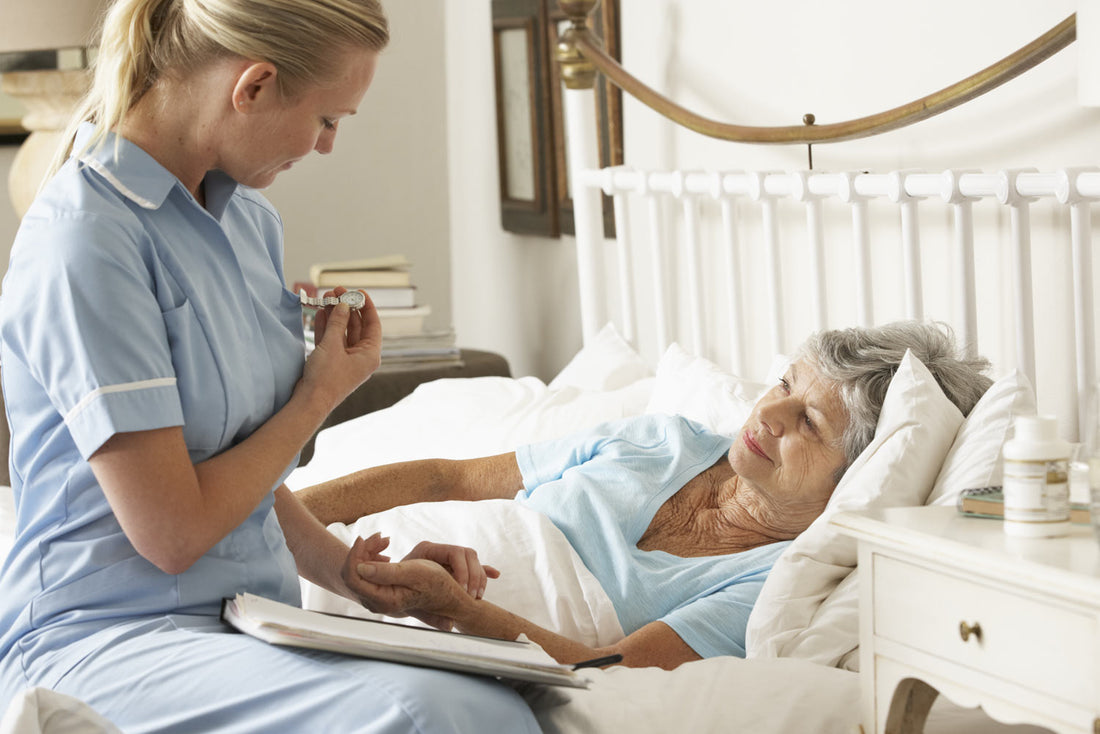Caring for a loved one at home often means more than offering emotional support. For many families, it also involves managing home medical equipment or durable medical equipment (DME). From oxygen machines to mobility aids, DME plays a critical role in helping patients stay safe, comfortable, and independent at home.
While healthcare professionals may initiate the equipment setup, caregivers—often family members—are the ones responsible for day-to-day management. This article explores the vital role caregivers play and offers helpful tips on using and maintaining home medical equipment effectively.
Why Caregivers Are Essential in Managing DME
When patients are discharged from hospitals or rehab centers, they often return home with one or more pieces of medical equipment. These items might include:
-
Hospital beds
-
Wheelchairs or walkers
-
Nebulizers
-
Oxygen tanks
-
CPAP machines
-
Catheters and wound care supplies
Though healthcare providers train families initially, caregivers are the primary users and managers of this equipment over time. Their role is crucial in ensuring the safety, hygiene, and effectiveness of each device.
Proper management of DME can reduce hospital readmissions, prevent infections, and improve the patient’s overall quality of life.
Understanding Durable Medical Equipment (DME)
Before diving into caregiver tips, it’s helpful to understand what durable medical equipment includes.
DME refers to equipment that:
-
Is reusable
-
Serves a medical purpose
-
Is appropriate for use in the home
-
Has been prescribed by a healthcare provider
Insurance providers, including Medicare and Medicaid, often cover DME when medically necessary. However, coverage varies, so caregivers should confirm benefits with the supplier or physician.
Responsibilities of Caregivers in Managing Home Medical Equipment
Caregivers must wear many hats when managing DME. Their responsibilities often include:
1. Daily Use & Monitoring
Caregivers ensure the equipment is used correctly. This might mean setting up a CPAP machine each night, adjusting a hospital bed, or checking that an oxygen concentrator is functioning properly.
Monitoring includes watching for signs of malfunction, discomfort, or misuse. If something seems off, the caregiver must act quickly—either adjusting the device or contacting a medical supplier or doctor.
2. Cleaning and Maintenance
Many medical devices require regular cleaning and maintenance. For instance:
-
Nebulizer components need to be washed and air-dried daily.
-
Wheelchairs may need tire pressure checks and cleaning of upholstery.
-
CPAP machines must have filters changed regularly.
Following manufacturer instructions is critical. Poor cleaning practices can lead to infection or equipment breakdown.
3. Troubleshooting and Repairs
When devices malfunction, it’s often the caregiver who troubleshoots. Some issues can be resolved at home (like replacing a power cord), while others require professional help. Knowing when and who to call can prevent emergencies.
4. Communication with Providers
Caregivers must communicate with doctors, nurses, and medical suppliers. If equipment needs to be replaced or adjusted, it’s up to the caregiver to coordinate these changes.
They also report on how well the patient is tolerating or benefiting from the equipment. This feedback helps healthcare teams make informed treatment decisions.
Tips for Caregivers: How to Use and Maintain Home Health Equipment Effectively
Caregivers are often learning on the go. These tips can help you feel more confident and prepared.
1. Get Trained on Every Device
Before your loved one is discharged, ask the medical team for hands-on training. Many hospitals or DME suppliers offer demonstrations. Don't hesitate to ask questions, take notes, or record instructions (with permission).
2. Keep a Maintenance Calendar
Set reminders for regular cleaning, battery changes, or filter replacements. Many caregivers use printed charts or digital calendars to stay organized.
3. Store Manuals and Contact Info
Keep all instruction manuals and warranty paperwork in a single folder. Include the supplier’s contact number in case of malfunction or emergencies.
4. Create a Safe Setup at Home
Arrange equipment in a way that minimizes hazards. For example:
-
Ensure cords don’t create tripping risks.
-
Place oxygen tanks away from heat sources.
-
Use nightlights near hospital beds to prevent falls.
5. Educate Other Family Members
If multiple people help care for the patient, make sure everyone understands how to use the equipment. Consistency is key for both safety and effectiveness.
6. Regularly Check for Wear and Tear
Inspect the equipment weekly. Look for frayed wires, worn-out wheels, or signs of leakage. Address problems quickly to prevent injury or malfunction.
Partnering with a Reliable DME Provider Makes All the Difference
Working with a trusted DME provider like SurfMed simplifies the caregiving journey. At SurfMed, we don’t just deliver equipment—we offer peace of mind. Our team educates families, provides prompt service, and helps navigate insurance approvals.
When issues arise, you’ll have a partner you can call. That kind of support allows caregivers to focus more on their loved ones and less on logistics.
Empowering Caregivers to Succeed
Caregivers play a central role in managing home medical equipment. Their attention to detail, commitment to safety, and willingness to learn make them essential to home care success.
By getting the right training, setting up an organized routine, and working with a responsive DME provider, caregivers can ensure that their loved ones receive the best possible care at home.
Need help selecting or maintaining your home medical equipment? Contact SurfMed today for expert guidance and compassionate service.

